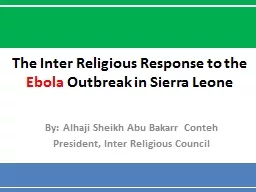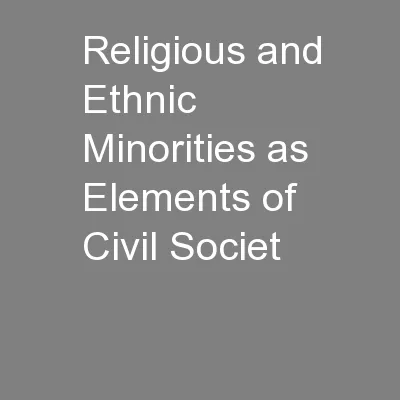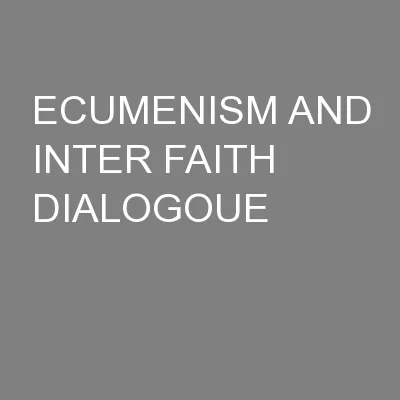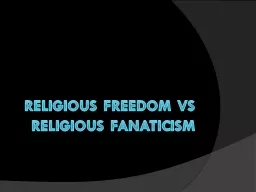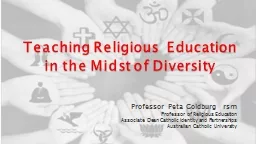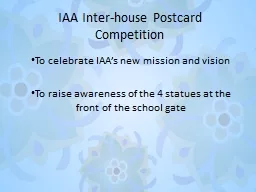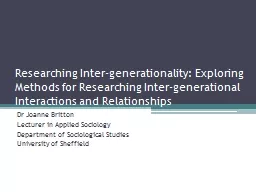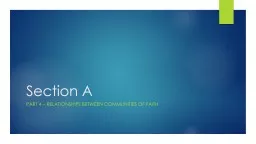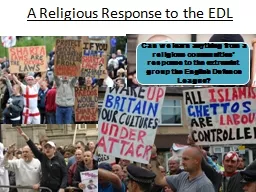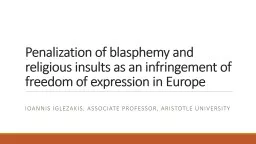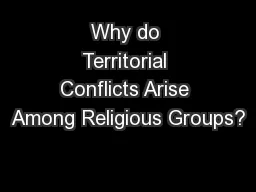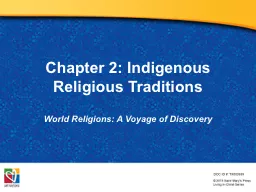PPT-The Inter Religious Response to the
Author : alida-meadow | Published Date : 2017-08-30
Ebola Outbreak in Sierra Leone By Alhaji Sheikh Abu Bakarr Conteh President Inter Religious Council This is Sierra Leone The InterReligious Council IRCSL IRCSL
Presentation Embed Code
Download Presentation
Download Presentation The PPT/PDF document "The Inter Religious Response to the" is the property of its rightful owner. Permission is granted to download and print the materials on this website for personal, non-commercial use only, and to display it on your personal computer provided you do not modify the materials and that you retain all copyright notices contained in the materials. By downloading content from our website, you accept the terms of this agreement.
The Inter Religious Response to the: Transcript
Download Rules Of Document
"The Inter Religious Response to the"The content belongs to its owner. You may download and print it for personal use, without modification, and keep all copyright notices. By downloading, you agree to these terms.
Related Documents

